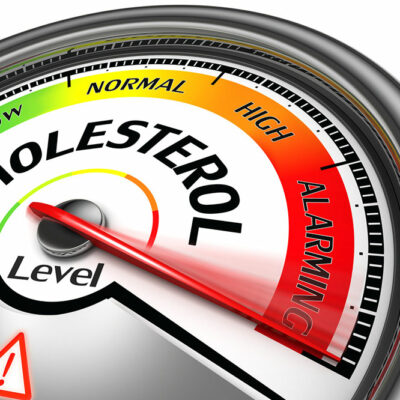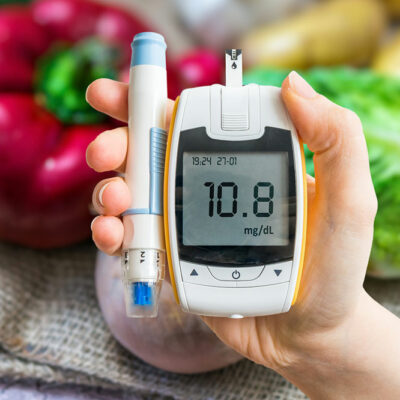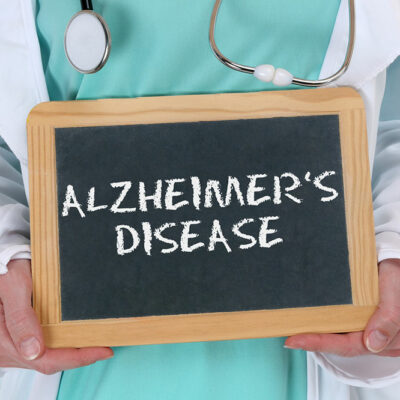
The truth about cholesterol
Approximately one in three Americans suffer from high cholesterol, which is why it is considered a silent killer. The thing about cholesterol is that while it does not kill a person directly, it does increase the chance of one suffering from heart disease and stroke, both of which can be fatal. According to the CDC, these are the leading cause of deaths in the United States of America. So, before we understand how cholesterol leads to these dangerous diseases, let’s take a quick look at what it actually is. What is cholesterol? Cholesterol is an essential fat-like substance found in the cells of your body. It is required to make certain hormones, vitamin D, and other substances that help digestion. The human body or rather, the liver, makes all the cholesterol we need, which is known as blood cholesterol. The cholesterol that comes from food items is what is called dietary cholesterol. This form is found in animal meats, dairy products, seafood, and even poultry and eggs. Dietary cholesterol, when consumed in large quantities, can possibly increase the risk of cardiovascular diseases, which can be fatal. Good and bad cholesterol Cholesterol that is either consumed or produced in the liver needs to travel throughout the body.
Read Article 









